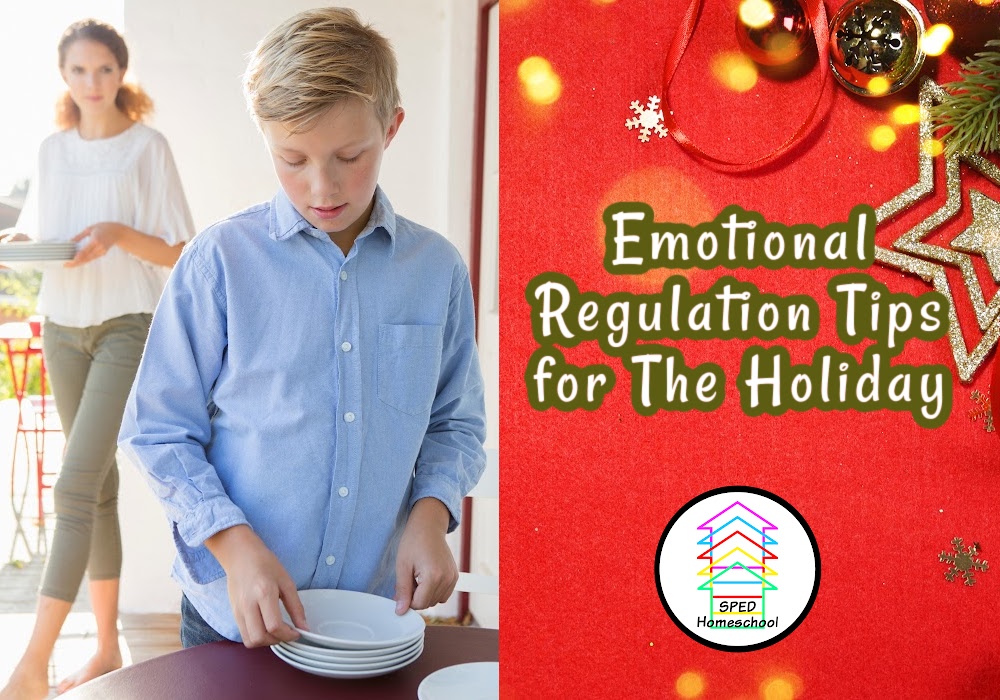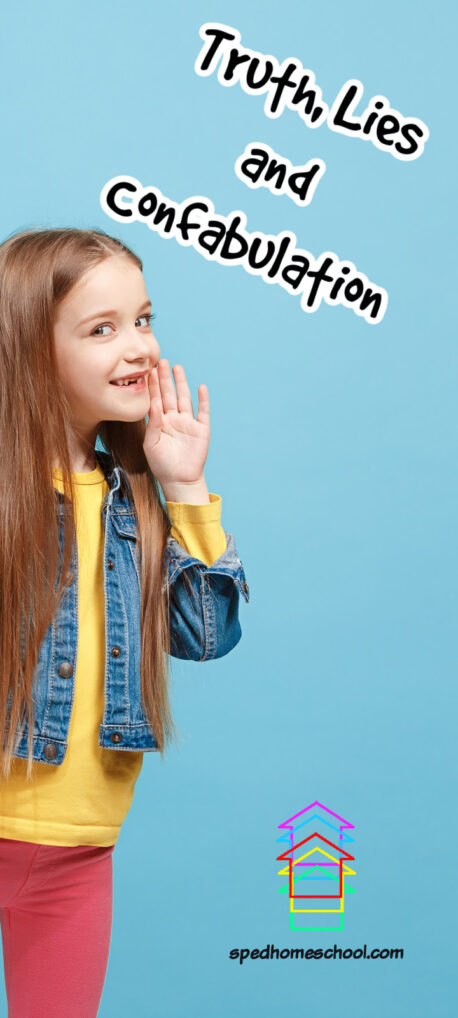
by Mara McLoughlin from IRL Social Skills
Picture this: After the fantastic holiday dinner, which went pretty smoothly, Grandma has asked your seventh-grader to help load the dishwasher. Your son starts acting a bit moody. He’d rather be alone, playing video games or scrolling TikTok.
Grandma can be very exacting and critical. You grew up with her and your body remembers what it felt like to fail at this Tetris game. You start to tense up.
You notice your child’s shoulders creep up towards their ears, and their face takes a stony, flat effect. He’s steeling himself. You dread what’s coming;a phrase you heard so often as a child and one you swore you’d never repeat, “You’re doing it wrong.”
Your stomach somersaults, and you feel your heart rate increase. You want your son to load the dishwasher well enough that Grandma will praise and thank him, not criticize him or make him feel like a failure.
You want your child to do this activity independently while also being there to support them before a meltdown or shutdown occurs. You can sense it coming. What’s the parent of an autistic, ADHD child to do?
EMOTIONAL DYSREGULATION DEFINED
Holidays can be stressful for your kids especially, autistic, ADHD, and other neurodivergent youth. Changes in routine, erratic bedtimes or mealtimes, even the bright flashing lights that bring joy to so many people can be overstimulating for some neurodivergent folks. The overwhelmed son and the mother in the scene above are on the verge of becoming dysregulated.
Emotional dysregulation is a term used to describe an emotional response that falls outside social norms. Moodiness, irritability, acting out, or heightened temper are signs of dysregulation.
Mindfulness is a tool to cultivate awareness and understanding of emotional states. However, once dysregulation kicks in, awareness alone is not enough. That’s when the skills of self-regulation and co-regulation come into play.
Self-regulation is the ability to understand and manage your behavior and emotional reactions. Self-regulation develops rapidly during toddler and preschooler years and continues into adulthood. We talk about self-regulation often in our workshops and courses.
Co-regulation is the way that the nervous system of one person influences the nervous system of another. This connection between nervous systems can help an emotionally dysregulated person feel calmer and safe. In other words, when the dysregulated person receives safety cues from another, it allows them to move into a more regulated state.
Emotional regulation is a critical skill that requires careful nurturing, modeling, and practice. Even the most enlightened parent can lose their cool and become dysregulated around others behavior or emotional displays. Not to mention the extra social, financial, and work stresses of the holiday season.
Here’s a simple approach to effective self- and co-regulation.
EMOTIONAL REGULATION PRACTICE
Recognize that you or they are triggered.
Once you acknowledge the trigger, you start to become more present. The “Five Things” exercise is perfect for this.
Look for five similar things in your environment: five blue things, five metal things, or five round things. This will quickly shift you to problem awareness and grounding in the present moment.
Don’t “just breathe”, exhale.
We’ve all been given the advice to “just breathe” when stressed. How you breathe is sometimes more important than breath awareness.
The inhalation part of the breath cycle stimulates the sympathetic nervous system, which can amplify stress and fight-or-flight reflexes. Focusing on the exhalation activates the parasympathetic nervous system which helps to dissipate tension in the body and signals cues of safety.
Practice breathing in for a count of four, then exhale to a count of eight. As long as the exhalation is longer than the inhalation, the exact count doesn’t matter. Make sure you empty your lungs completely.
Name your feelings and sensations.
“My heart is beating hard and fast. I feel tired. I’m clenching my fists. My stomach feels tied up in knots. Why is my foot tingling?”
By grounding your awareness in interoception, feeling the sensations within your body, you connect more with yourself and further diminish fight-or-flight reactivity. When you are less reactive and more self-aware, your nervous system will radiate more ease.
Choose calming speech and tone of voice.
Both self-talk, in the case of self-regulation, and spoken words, when co-regulating with another, should be comforting.
Put on your “empathy hat” and regard yourself and your child with care, concern, warmth, and positive intent. Choose soothing, loving, supportive speech. Your nonverbal cues must match your words to be authentic and shift to a state of curiosity.
Solve the problem.
Now, you’re ready to directly tackle the problem that set the whole dysregulation snowball down the mountain.
Decide whether to engage in problem-solving at the moment or bookmark it for a more optimal time. Agree with yourself or your child to check back in at a specific time and date. This will reinforce the feelings of safety and security that will help with problem-solving down the road.
The added social demands of the holiday season can cause emotional dysregulation in anyone, parents and kids alike.
Co-regulation can help you and your autistic child sail smoothly through the holidays, into the New Year, and beyond.
This guest post was originally published on the IRL Social Skills blog, here. We are republishing here, with permission of the author and founder of IRL Social Skills, Mara McLoughlin.
Mara is the founder of IRL Social Skills. Using the renowned PEERS curriculum, Mara and her team provide social skills coaching to autistic and other neurodivergent teens and adults. The IRL approach is trauma-informed, holistic, and blends mindfulness and self-awareness exercises along with brain education. Mara and several of her coaches are themselves autistic or neurodivergent and bring an empathy lens to their work supporting autistic teens, young adults, and their families.
Follow: on Instagram, Facebook, and/or LinkedIn

